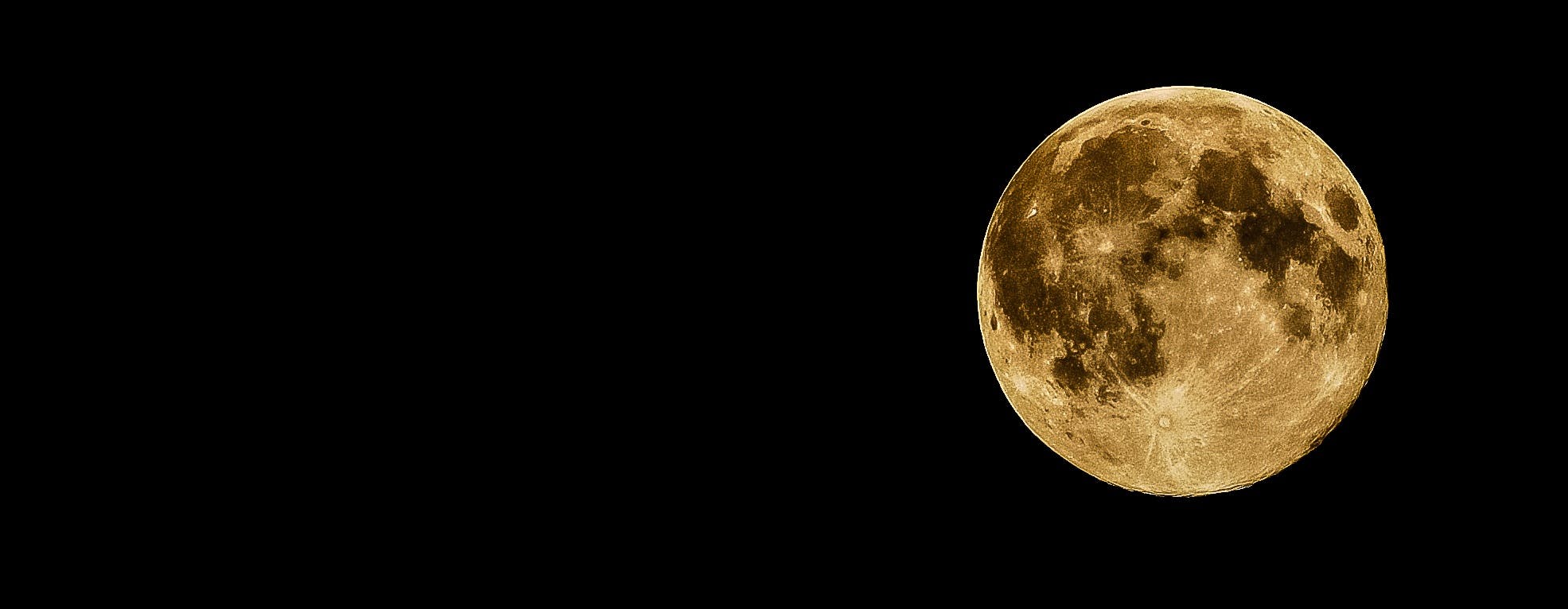Launching a Website from the Moon: A Mission Beyond Boundaries

Everyone who interviews for a position at Smartt learns about our 2030 goal: to launch a commercially viable website from the moon.
In an era where technological boundaries are constantly being pushed, the idea of a Total Service Provider like Smartt embarking on a mission to launch a website from the moon might sound like a fantastical leap into science fiction. However, this audacious goal is not just about technological prowess; it's about driving innovation, collaboration, technological advancement, and most important of all, creating shared successes with our clients and vendors.
Here’s why Smartt is setting its sights on this “lunatic” endeavor.
1. Broadening Perspectives
Launching a website from the moon is not just a technical challenge; it's an opportunity to view our work and our world from a completely different perspective. This out-of-the-world project encourages us to think big and innovate beyond the conventional confines of Earth-bound technology, opening doors to new possibilities and solutions.
2. Inspiration for Like-minded Individuals
Ambitious projects like this resonate with staff, clients, and vendors who share a passion for the extraordinary. It’s a rallying point for those who believe in pushing the limits of what's possible, creating a community of forward-thinkers united by a common, thrilling objective.
3. Fostering Collaboration and Shared Vision
This mission necessitates collaboration with various vendor partners, each bringing unique expertise to the table. It's about building a shared vision, where the success of the project hinges on seamless cooperation and integration of diverse technological components and ideas.
4. Building an Advanced Network
Delivering a website from the moon requires developing a network that's not only advanced but also reliable across vast distances. This pushes us to innovate in network technology, creating systems that could set new standards for connectivity and data transmission.
5. Emphasis on Redundancy and Reliability
The extreme conditions of a lunar environment force us to think critically about redundancy and reliability. Every component of the project must have fail-safes and backups, ensuring that the website remains functional against all odds, setting a new benchmark for reliability in technology.
6. Rethinking Efficiency
The onboard computer of the first moon landing had a whopping 80 kilobytes. Efficiency is key in such a high-stakes project. Every resource must be optimized for maximum output with minimal waste, whether it’s in coding, energy consumption, or data transfer. This efficiency-first approach could revolutionize how we manage resources in technology projects.
7. Embracing Our Inner Geeks
Lastly, at the heart of it, we’re just geeks who love technology and the wonders it can achieve, be it “real” physics-based sciences (Star Trek) or space wizards with laser swords (Star Wars). This project is a testament to our passion for tech, our curiosity, and our relentless pursuit of what’s next – even if our staff cannot agree on whether the United Federation of Planets or the Galactic Empire would win in a space war!


